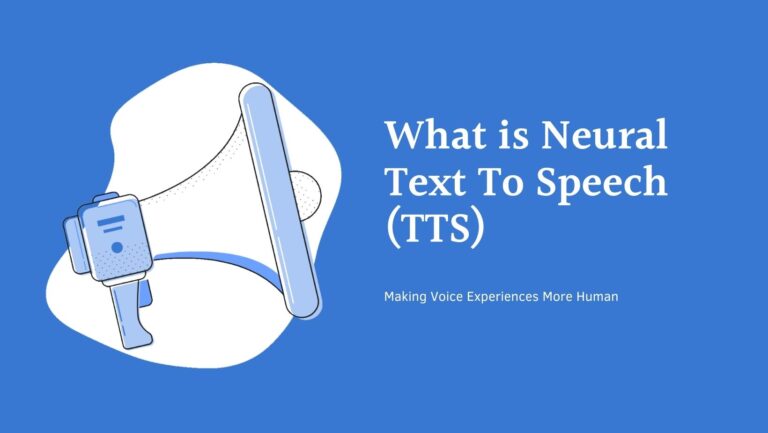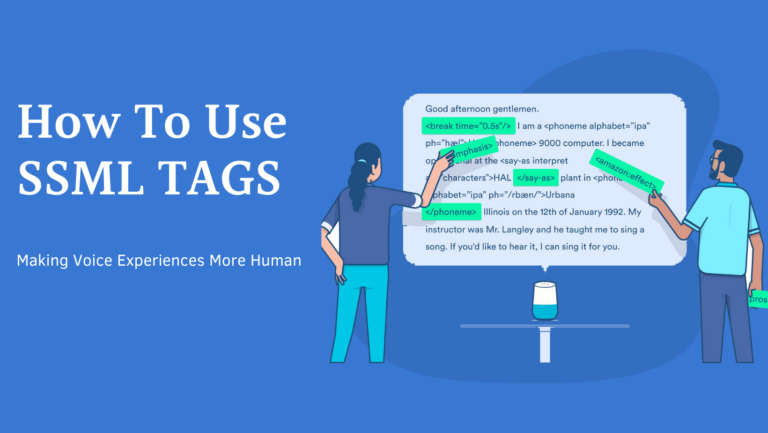Benefits Of Text To Speech In the Education Sector
Text-to-speech technology is an assistive technology that converts text into audio, often highlighting sections of the text as they are being read.
The purpose is to improve accessibility for people who have trouble reading or have visual impairments and to make reading more accessible on mobile devices.
Modern text-to-speech software can be customized by the user to read in different voices, tones, speeds, and with pauses inserted at the user’s discretion.
Types of text-to-speech software include screen readers and web readers.
Text-to-speech technology is often frowned upon in the EduTech space, but there’s no denying that it has helped a lot of people over the years.
In fact, it’s been shown to help all kinds of students in different ways, especially those who struggle with learning disabilities.
Different ways TTS can be beneficial to students
- Students who have reading issues such as dyslexia or other visual processing disorders can use TTS to hear the words being read, as opposed to visually reading them. This allows for more time to be spent on comprehension rather than decoding and spelling. For these students, TTS helps them understand what they are being taught better and faster than traditional methods.
- Students who struggle with auditory processing disorders can listen to the lecture instead of having the lecturer talk directly to them. They can also use TTS in conjunction with captioning, which allows them to both see and hear the lecture material at once, reinforcing what they’re learning in a multi-sensory way that benefits their brain type. Many of these students also benefit from using subtitles when watching films or television shows, allowing them to learn while doing something they enjoy and reducing or eliminating their feelings of
What makes text-to-speech technology so effective?
Text-to-speech technology is a wonderful tool that can make learning easier, more efficient, and more likely to be successful.
Studies have shown that when students are using text-to-speech technology, they focus on the content rather than on the reading itself.
This makes them more likely to retain information, increases their confidence and motivation and helps them improve their overall reading comprehension.
This also means they can become more independent learners. It allows teachers to supervise their progress without having to keep track of every single word or letter, and it makes parents’ jobs much easier too.
The ability to listen and repeat words also makes students more likely to identify and fix mistakes in their work, which leads to a better understanding of concepts.
Once you’ve used text-to-speech technology for a while, it’s hard to imagine doing anything else!
Conclusion
In conclusion, TTS is not about replacing teachers or human interaction—it’s about making information and content more accessible to people who would otherwise struggle to keep up with the rest of the class.
It’s a tool that should be taken into consideration alongside all of the other modern educational technologies, and it can really help make a difference in some students’ lives.



